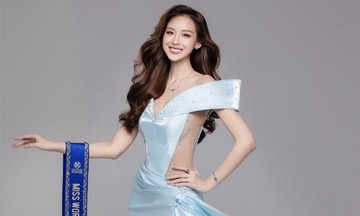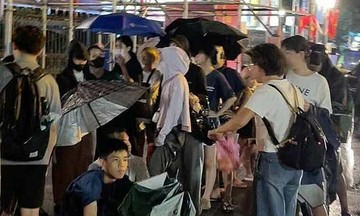Fashion tailored specifically for you, by you. According to Vogue, this is no longer a futuristic dream, but a reality unfolding in the US, Europe, and local workshops. AI-powered on-demand fashion is becoming increasingly accessible to consumers, offering a made-to-order model that minimizes excess.
In a San Francisco test workshop, instead of mass production, each garment is unique, created without human intervention or warehouse storage. Within 10 minutes, a custom design is woven directly onto the customer's measurements from an AI-generated pattern. The entire process—measuring, fabric selection, pattern creation, and weaving—is automated. What was once exclusive to haute couture is now readily available through technology.
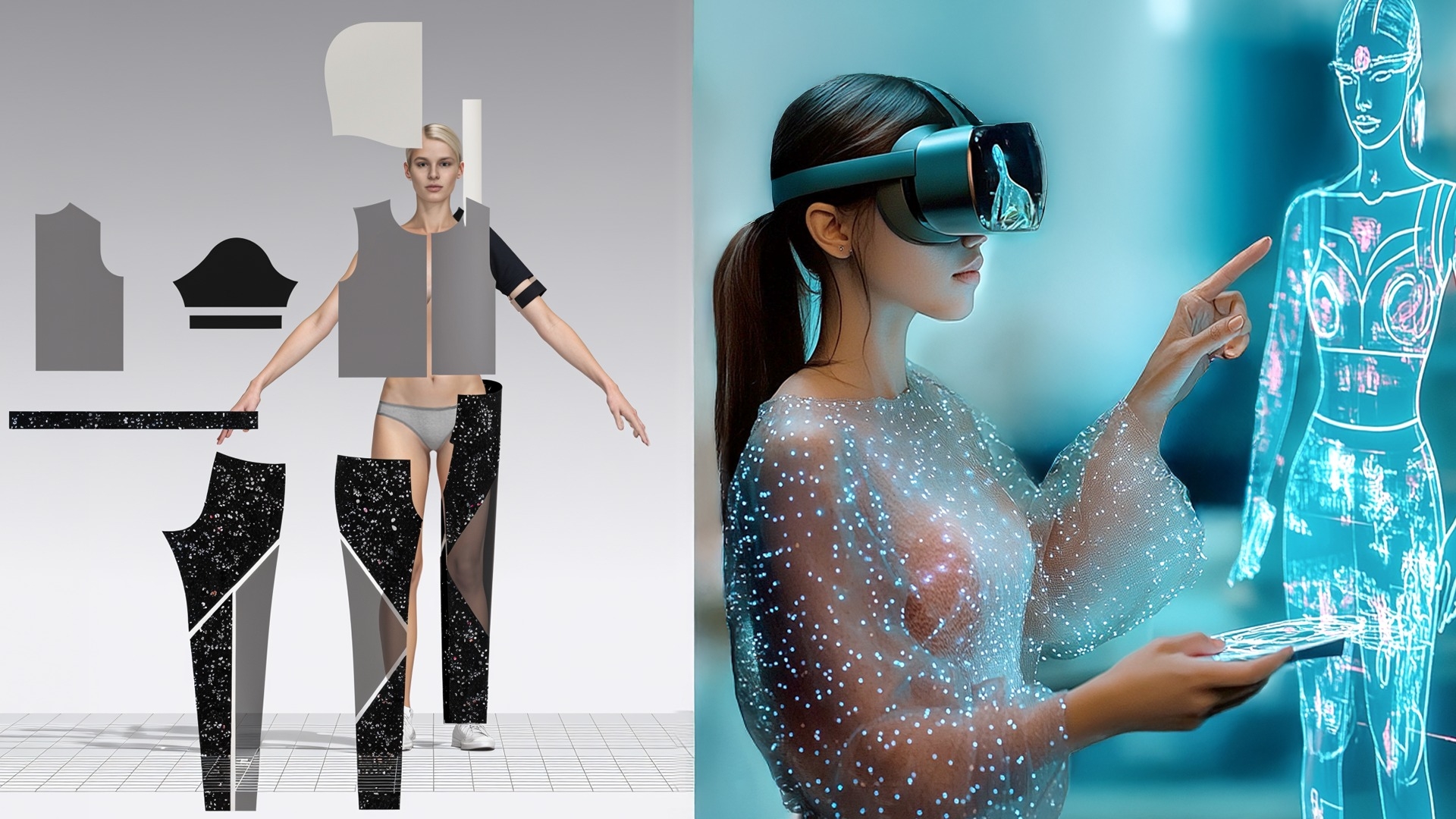 |
Customers can use 3D scanning technology to provide measurements when ordering custom-made products. Photo: Pinterest |
Customers can use 3D scanning technology to provide measurements when ordering custom-made products. Photo: Pinterest
Unspun customers use the FitOS platform to scan their bodies with a smartphone. AI then analyzes the data to choose materials, styles, and colors, creating a unique product. One customer told Vogue Business, "I no longer have to dress according to mass trends. I dress according to my own preferences." With the Vega 3D weaving machine launched last year, Unspun can seamlessly weave a pair of pants in minutes.
Since 2024, Decathlon, one of the world's largest sportswear companies, has partnered with Unspun to implement a zero-inventory production model. The goal is to manufacture custom-fit sportswear at the point of consumption, reducing carbon emissions in the supply chain by 40%, minimizing returns, and maintaining competitive pricing.
A pair of athletic pants produced by Decathlon using the Vega machine in the US demonstrated the speed of this process: the total time from order to delivery took less than 48 hours, compared to the previous 2-4 weeks, without the need for market demand forecasting.
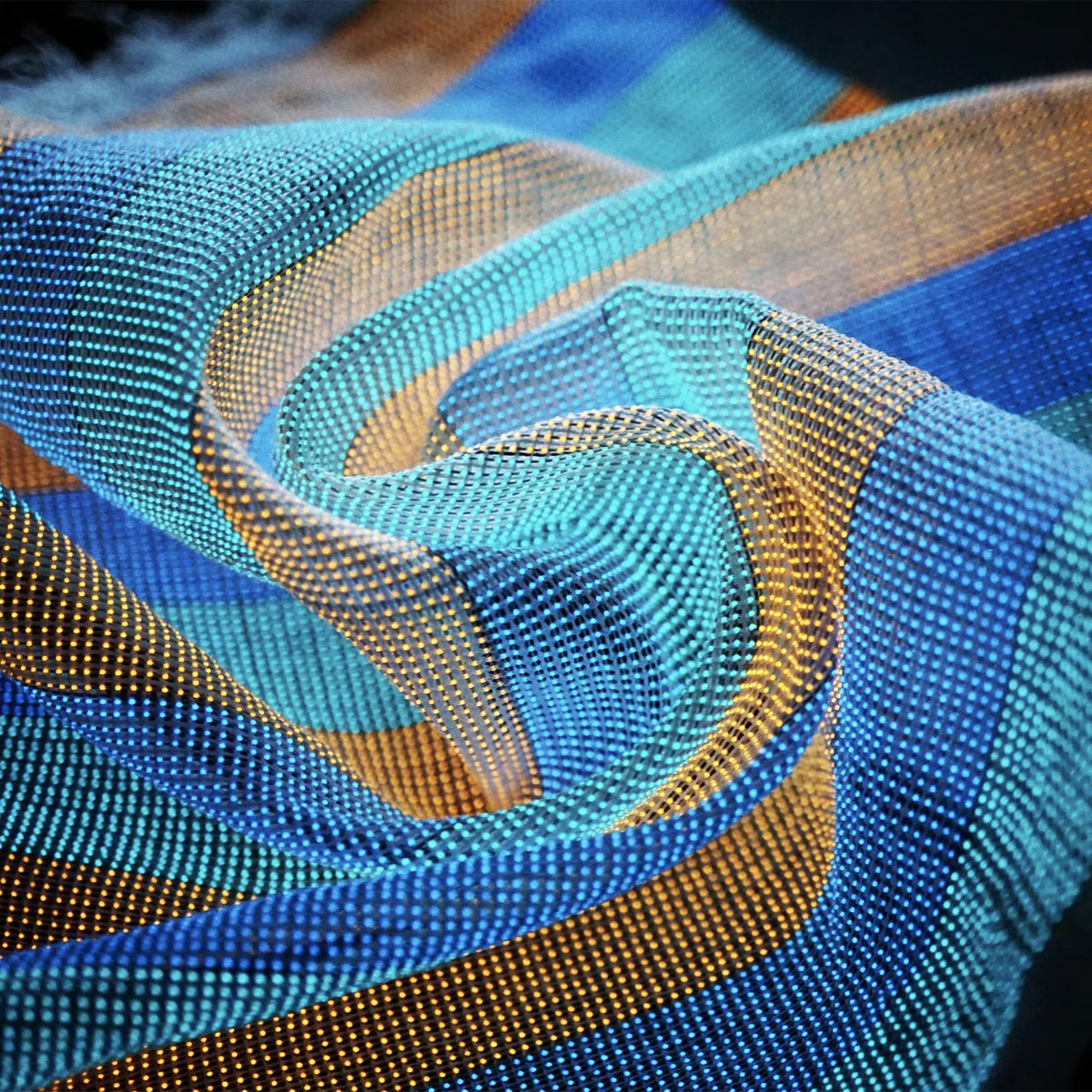 |
AI is driving the creation of smart, eco-friendly fabrics, offering customers innovative and appealing solutions. Photo: Thewilldowntown |
AI is driving the creation of smart, eco-friendly fabrics, offering customers innovative and appealing solutions. Photo: Thewilldowntown
According to a report from BCG, personalization is becoming one of the three pillars of the modern luxury market, alongside craftsmanship and sustainability. A 2024 survey revealed that 56% of luxury consumers are willing to pay more for custom-designed products, and 62% desire deep personalization, from stitching and fabric colors to personalized packaging.
Despite using AI, these new platforms strive to retain the emotional touch of traditional fittings. They can recommend color palettes based on skin tone and suggest designs inspired by personal Instagram photos.
According to Time, the biggest benefit of AI-powered on-demand tailoring is addressing the long-standing issue of waste. For decades, fast fashion thrived on convenience and speed, but at a steep price: billions of unsold products are incinerated or dumped into the environment annually. The Ellen MacArthur Foundation reports that the fashion industry generates about 92 million tons of waste each year, and about 40% of clothing produced, equivalent to 60 billion items, never reaches consumers.
Of this, 87% of the fiber used in clothing production ends up in landfills or incinerators, with less than 1% recycled into new clothing. This causes environmental problems, including soil, water, and air pollution, contributing to climate change.
Every year, more than 60,000 tons of clothing from Europe, the US, and Asia are transported to the Atacama Desert in northern Chile, making it the world's largest fashion landfill. Video: FRANCE 24
McKinsey's State of Fashion 2024 report suggests that AI-powered on-demand tailoring can reduce inventory by 20-50%, decrease return rates by up to 35% due to better fit, accurately predict regional and seasonal consumer trends, and optimize the supply chain by producing closer to the point of consumption. McKinsey states, "AI adoption not only optimizes operations but also ushers in a fashion model based on actual demand, rather than market predictions. This is a shift from oversupply to a right-sized, sustainable approach."
In Vogue Business, fashion expert Hannah Craggs argues that "AI paves the way for a generation of responsible fashion. Customers are no longer forced to choose between style and sustainability. Now, they can have both."
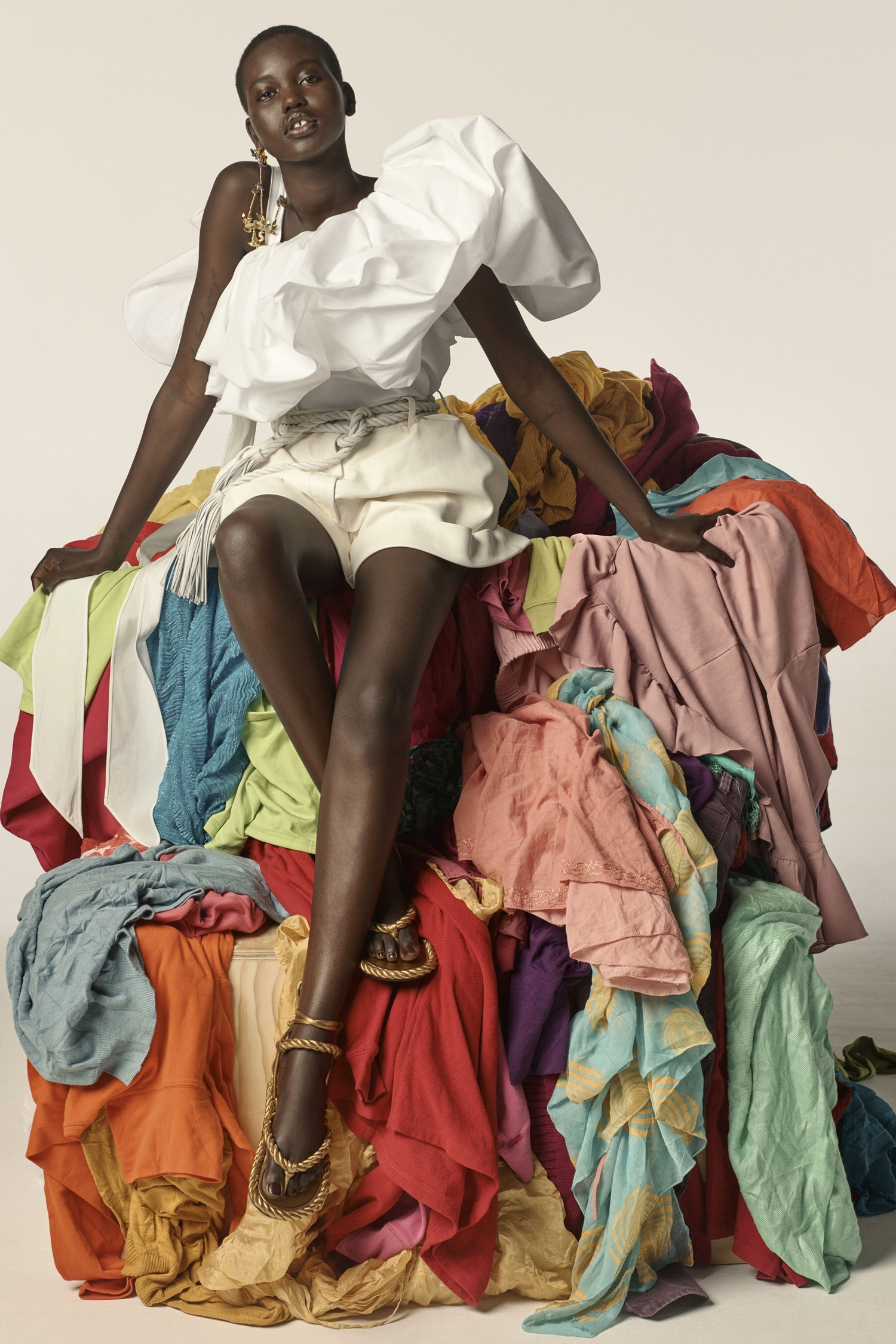 |
AI-powered on-demand tailoring is one solution for sustainable fashion. Photo: Vogue |
AI-powered on-demand tailoring is one solution for sustainable fashion. Photo: Vogue
According to Vogue, producing the right amount reduces waste at the source. One of the biggest reasons for waste in the fashion industry is production based on guesswork. Traditionally, brands order thousands of items per design, hoping to sell half. The remainder becomes an environmental burden.
The AI on-demand model breaks this cycle. Instead of producing first and selling later, brands only create products after receiving a specific order from a real customer. This eliminates excess fabric, surplus inventory, and wasteful shipping costs between intermediary warehouses. The Sustainable Apparel Coalition suggests that brands adopting the on-demand model can reduce water consumption by up to 40%, CO₂ emissions by over 30%, and fabric waste by at least 25% annually.
Thus, the more personalized fashion becomes, the more sustainable it is. Clothing made for you will be worn more often. It fits well, suits your style, and you're less likely to discard it. According to Time, sustainability isn't about a green label or the word "recycled." It starts with understanding your needs and buying only what you truly require.
Y Ly






